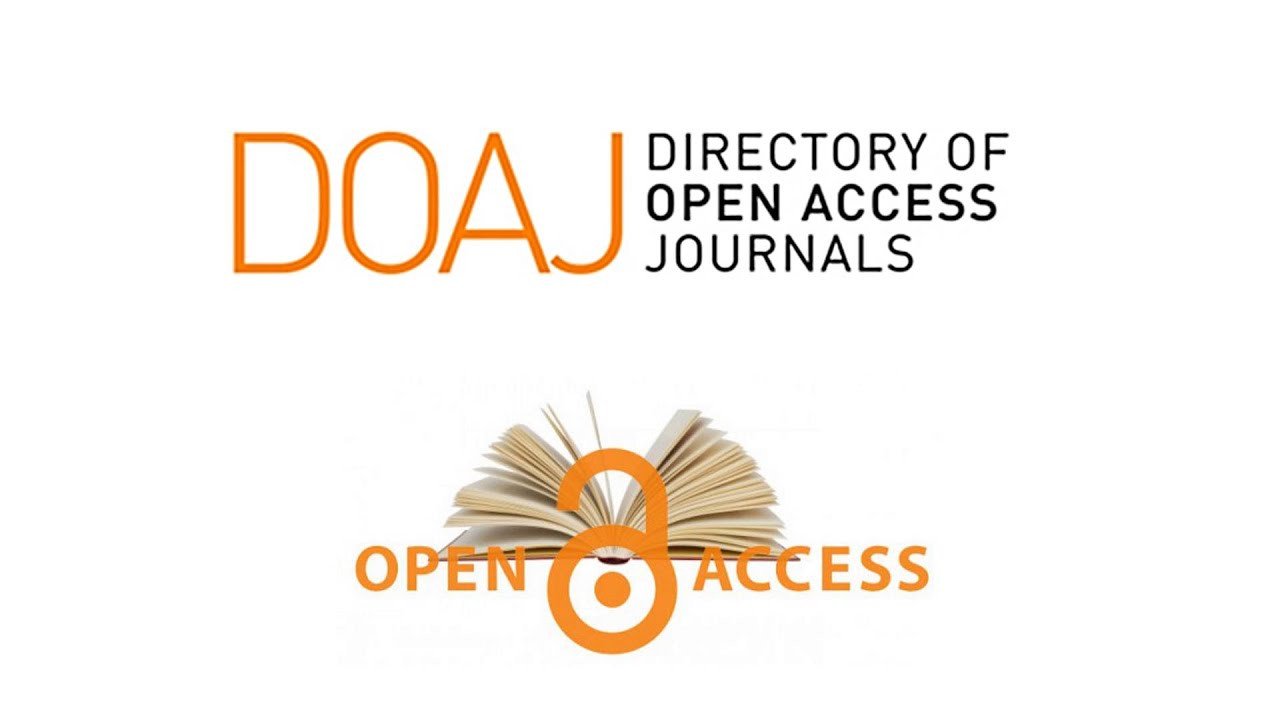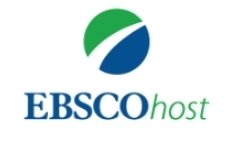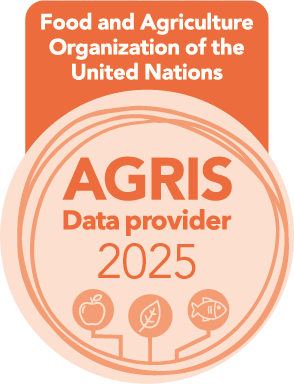The use of response surface methodology (RSM) for improving Freezing point, Cloud point and Pour point of common carp (Cyprinus carpio L.) fish viscera oil extracted by infrared ray
DOI:
https://doi.org/10.58629/ijaq.v20i1.457Keywords:
Fish waste oil, infrared, freezing point, cloud point, pour pointAbstract
As a result of the special advantages of infrared such as ambient does not affect by IR heating, being environmentally friendly, reducing the size of equipment used in food heating and ease of control. Moreover, it is one of the most promising techniques, so the current study aimed to investigate the application of infrared ray in extracting the oil of common carp fish wastes (Cyprinus carpio L.), and the study of the effect of the independent factors, which are: power (130, 190, 250 watts), temperature (50, 60, 70 ºC), the distance between the radiation source and the surface of the waste (1, 15.5, 30 cm) on the freezing point, cloud point and pour of carp waste oil using response surfaces methodology. The results showed that the lowest practical and predicted values for the above traits were -4.6, -3.1, 11.9, 12.2, 6.8, and 7.01, respectively, and that the increase in power and temperature had a negative effect, as it led to an increase in the cloud point. The results illustrated that the interaction between distance, power and temperature led to a decrease in the freezing point. The results also clarified that the increase in power with a decrease in temperature and stability of the distance led to an increase in the pour point. The results indicated that the optimal conditions were the power 315.94W, the temperature 66.14° C, and the distance is 20.02 cm. The results of the statistical showed that the nonlinear multiple regression equation was used to predict the values of the cloud point, while the multiple linear regression equation was used to predict the pour point values. The nonlinear multiple regression equation had a non-significant effect to predict the freezing point values, with an error rate ranging from 0.32% to 30%.Metrics
References
Akhtar, N.; Adnan, Q.; Ahmad, M. ; Mehmood, A. and Farzana, K. (2009). Rheological studies and characterization of different oils. J. Chem. Soc. Pak ., 31(2) : 201-206. URL.
Al-Hilphy, A. R.; Al-Shatty, S. M.; Al-Mtury, A. A. A. and Gavahian, M. (2020). Infrared-assisted oil extraction for the valorization of carp viscera: Effects of process parameters, mathematical modeling, and process optimization. LWT, 129, 109541. https:// doi.org/ 10. 1016/j. lwt. 2020. 109541.
Al-Hussainy, K.S.J. (2007). Extraction of oil from fish and their by-products and studying their chemical, physical properties and their uses in food, drag and industrial systems. Ph. D. Thesis, Coll. of Agric., Univ. Basrah, Iraq. 226 pp. (In Arabic).
Al-Rawi, K.M. and Khalaf Allah, A. M. (2000). Design and analysis of agricultural experiments. Second Edition. Ministry of Higher Education and Scientific Research. University of Al Mosul. College of Agriculture and Forestry. House of books for printing and publishing. 488 pp. (In Arabic).
Arnesen, J.A. and Gildberg, A. (2007). Extraction and characterization of gelatin from Atlantic salmon (Salmo salar) skin. Bioresour. Technol., 98(1): 53-57. doi: 10.1016/j.biortech.2005.11.021.
Babbit, K.J. (1990). Intrinsic quality and species of north pacific fish in making profits out of seafood wastes. In: Proceedings of the International Conference on Fish by Products. Keller, S. (ed.), 25–27 April 1990. University of Alaska Sea Grant. Fairbanks, AK, USA, pp: 39–43. URL.
Bhaskar, N.;Sathisha, A.D.;Sachindra,N.M.;Sakhare, P.Z. and Mahendrakar, N.S. (2007). Effect of acid ensiling on the stability of visceral waste proteases of Indian major Carp Labeo rohita. J. Aquat. Food Prod. Technol., 16(1): 73-86. https://doi.org/10-.1300/J030v16n01_06.
FSSAI: Food Safety and Standards Authority of India (2012) . Oils and Fats. Ministry of Health and Family Welfare Government of India, 110 pp. www.fssai.gov.in.
FSSAI: Food Safety and Standards Authority of India (2015). Manual of methods of analysis of foods: Oils and fats. Ministry of Health and Family Welfare Government of India,96pp. www.fssai.gov.in.
Gildberg, A. (2001). Utilization of male arctic capelin and Atlantic cod intestines for fish sauce production-Evaluation of fermentation conditions. Bioresour. Technol., 76(2): 119–123. https://doi.org-/10.1016/S0960-8524(00)00095-X.
Hultin, H.O. (1994). Oxidation of lipids in seafoods . In: Seafoods: Chemistry, processing technology and quality. Shahidi, F. and Botta, J.R., (eds.). Chapman and Hall, London, UK. pp: 49–74. https://doi.org/10.1007/978-1-4615-2181-5_1
Kakhia, T.I. (2008). Analysis of oils and fats and their raw and auxiliary materials. Syrian Chemical Society. https://tarek-.kakhia.org. (In Arabic)
Khaild, K.; Musa, M.; Jusoff, K.; Abdullah, R.; Md, Z. M. and Somsudin, A. (2011). Lowering of palm oil cloud point by enzymatic acidolysis. World Appl. Sci. J., 12 (Special Issue on Service Sector Transforms the Economy): pp:28-31. URL.
Ming, T.C.; Ramli, N.; Lye, O.T.; Said, M. and Kasim, Z. (2005). Strategies for decreasing the pour point and cloud point of palm oil products. Eur. J. lipid Sci. Technol., 107(7-8): 505-512. https://doi.org/10.1002/ejlt.200400944.
Muhammad, R. S. F. (1995). Physical and chemical analyses of oils and fats. First Edition, Academic Library, Cairo, Egypt. 212 pp. (In Arabic)
Reaume, S.J and Ellis, N.(2013).Use of isomerization and hydroisomerization reactions to improve the cold flow properties vegetable oil based biodiesel. Energies, 6(2): 619-633. https:-//doi.org/10.3390/en6020619.
Rustad, T. (2003). Utilization of marine by-products. Electron. J. Environ. Agric. Food Chem., 2(4): 458–463. ISSN 1579-4377. URL.
Shaine, K.T.; Bozell, P.; Wallace, R.; Peterson, E. and Moens, L. (2004). Biomass oil analysis: Research needs and Recomm-endations. Technical. Rep. pp: 1-87. URL.
Staby, A. and Mollerup, J. (1993). Separation of constituents of fish oil using supercritical fluids: A review of experimental solubility, extraction, and chromatographic data. Fluid Phase Equilibr., 91: 349–386. https://doi.org/10.1016/0378-3812(93)85109-Y
Zachariassen, K.E. and Kristiansen, E. (2000). Ice nucleation and antinucleation in nature. Cryobiology, 41(4): 257–279. https://-doi.org/10.1006/cryo.2000.2289.
Downloads
Published
How to Cite
Issue
Section
License
Copyright (c) 2023 Iraqi Journal of Aquaculture

This work is licensed under a Creative Commons Attribution 4.0 International License.










